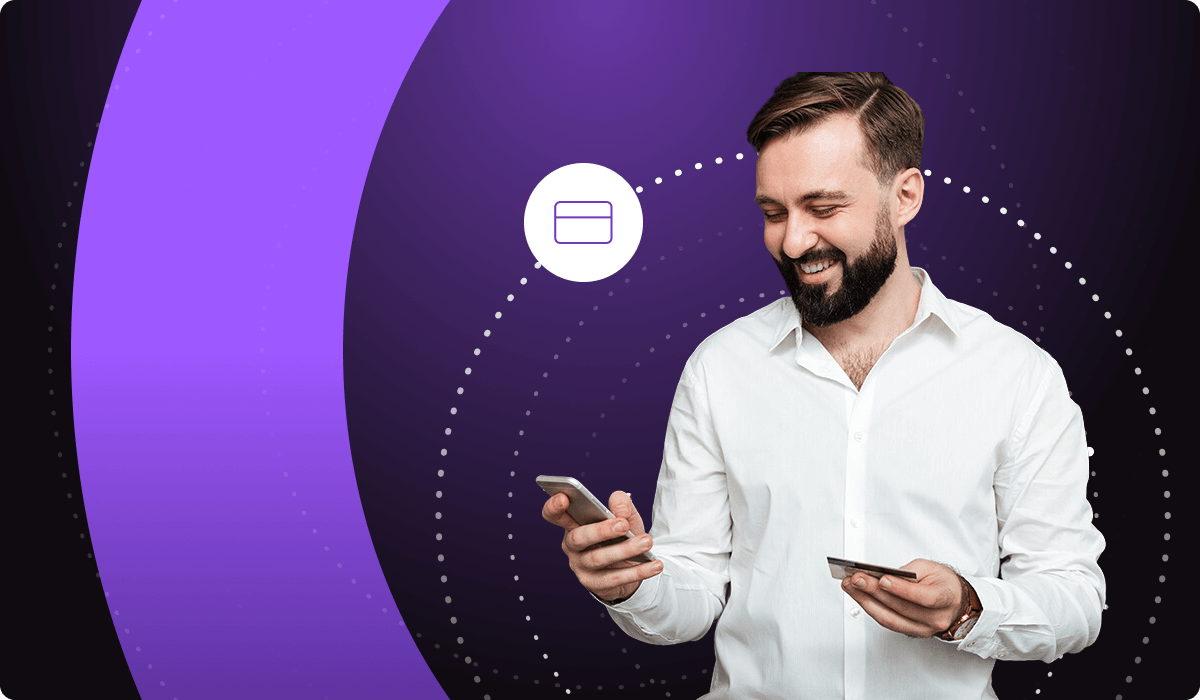Table of content
Moving away from a classic sales model towards digital channels and the possibility of conducting transactions directly through a virtual assistant is a challenge for many businesses. However, Tracbel implemented this experience with interesting results.
Tracbel was recognized in the Aivo Awards category of Best Transactional Experience for their strong focus on using digital channels to effectively solve their customers’ queries. We invited IT Project Manager Hugo Rocha to chat with us about how customers from the heavy machinery sector have embraced the new service technologies. Here are a few highlights from our chat.
A unified CX strategy
With 20 years of experience in the company and having participated in many areas, what’s the biggest lesson from your career?
Working alongside the company to change our vision and move toward digitalization was a big achievement and it resulted in a series of innovative projects. Our e-commerce, for example, is within the sales sector of heavy machinery, equipment parts, and service parts. In this market it’s not common for customers to buy online. It’s still a very in-person type of sale, very personal, with customers who’ve known our salespeople for years.
We didn’t take the salespeople out of the picture, but we did add a new e-commerce channel to improve exactly that: the customers’ experience and the usability. At the start of any change, there are always barriers to break down and go over. We’ve made great progress so far, and we’re looking much more to digitalization and CX compared to three years ago, focusing and channeling efforts towards that result.
How are new technologies changing Tracbel’s sector today?
It’s a sector that does a lot of traditional, offline work with in-person sales, etc. Technology has come to break some of the barriers customers already had and were used to, and now they see that a much better experience is possible.
For instance, in terms of information speed. We’re a commercial business, and our hours are the regular Monday to Friday from 8 a.m. to 6 p.m. Our customers can work on totally different schedules, like the mining sector, which has rotating shifts but works 24/7. When there’s a problem with equipment, it’s not limited to business hours. If it’s time to change a part, it might be Saturday or Sunday, it might be after hours on a business day. So, a lot of times the customer had to wait until business hours to find out about a replacement part. They’d want to buy a Tracbel part but wouldn’t know the price or if it was in stock.
Today, with our digital channel and WhatsApp, we have that ease–with the order, tracking, and everything else. Technology came to help us improve that experience and offer service in ways our market was maybe lacking, but can help meet customers’ needs really well. And that ease has been very well received.
And what channels would you say are the most important for improving customer experience?
I think the channel has to be the one the customer feels most comfortable with. There will always be customers who prefer getting on the phone, calling someone, and being helped by a person who has already been helping them for a long time. There are those who prefer sending an email and having someone answer after analyzing the message, but the trend is using WhatsApp and the website to improve customer service. It’s what I prefer as a customer: not having to contact a person to ask questions, but going on the website, doing my own research, making a purchase, and having tracking and support through WhatsApp.
Customers should be served in the way they prefer and feel most comfortable. It’s not worth forcing a channel that’s not the best for them. Some of the customers will always prefer traditional channels, but digital channels are leading the trend in improving customer experience.
Related article: Omnichannel Customer Service: Why is It Important?
What was it like to plan that transactional strategy using the digital channels you’ve mentioned, e-commerce and WhatsApp, to meet your customers’ expectations and specificities?
We based our plan on centralizing customer service, which was really decentralized, towards the salesperson. Customers had salespeople’s personal WhatsApp accounts, so we didn’t have their chat history. We couldn’t do anything with that, and we started to realize that was also a very important channel for our sector.
Customers were moving towards that new digital service channel, leaving phones and email behind, and calling salespeople more on the app since they already used it for other reasons. Our strategy was to implement an integrated phone platform with WhatsApp, so now the salesperson has a single place where they can answer calls, emails, and WhatsApp from customers. On the other hand, customers can call via WhatsApp from the website, and that goes directly to the salesperson’s platform. The entire record and chat history is there, enabling us to recover previous conversations. If a salesperson is out on vacation, they can be replaced by another worker without losing that service record.
We made this unification through the Genesys platform via Aivo, with our integrated WhatsApp, our official WhatsApp number, the 0800 number that we use. Customers can call or text the 0800 number through WhatsApp and be helped in the same service model and process. This way, we’ll have everything recorded and organized.
Now we have the bot providing service via WhatsApp, but our strategy at the beginning was to direct service towards a human. The bot is still in the learning process of responding to customer questions and needs. That’ll be our second or third step with that project. Nowadays, the bot is entirely prepared to guide the customer to make service easier, creating a record and a base for the salesperson, tracked by the bot.
Related article: 10 questions to ask before your company adds a chatbot
If the customer wants to talk about buying parts from brand X, for example, we already have the entire record of what the customer needs at that moment. One day they might be looking for parts, the next day they might want to talk to the financial department about their bill, and another day they might want to schedule a service. So, they’d be directed towards different people in our company’s service sectors. But the financial, services, and parts sales departments, for example, receive a record of what the customer wants to talk about at that moment.
And what are the project’s next steps?
We hope to have the bot ready for customer questions in the first quarter of 2021, improving its response level so the customer feels comfortable asking it a question and receiving an efficient automated response. We didn’t have many records on how to answer those questions, so it was important to have a trial period and allow it to grow, to consider it a next step and work on the bot’s automation.
Another thing we’ve worked on is tracking orders via WhatsApp. Having status updates directly on the app can really improve the experience, and we’re already working on that process.
Do you know our standout clients of 2020?
Read the complete list of Aivo Awards and see the story behind their conversational bots. If you’d like to implement our technology in your Customer Service strategy, schedule a call with one of our representatives.












.png)





